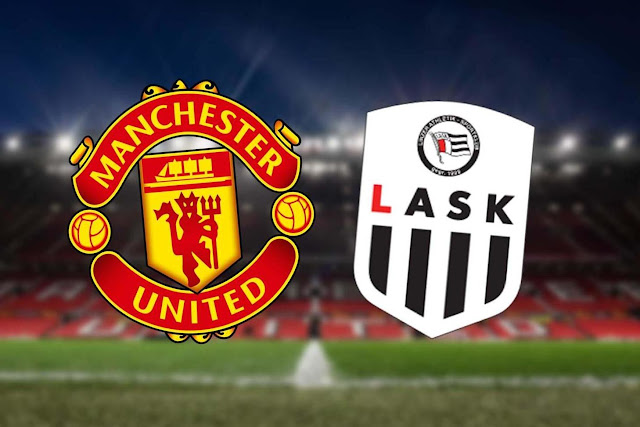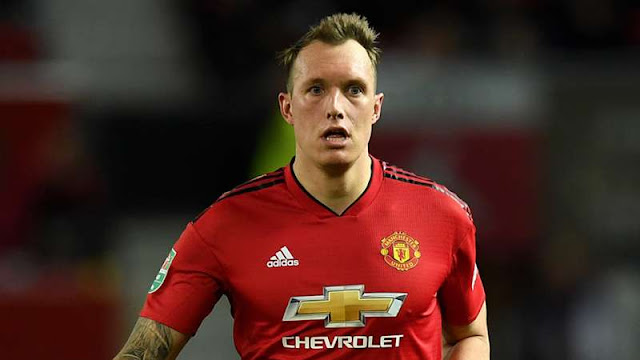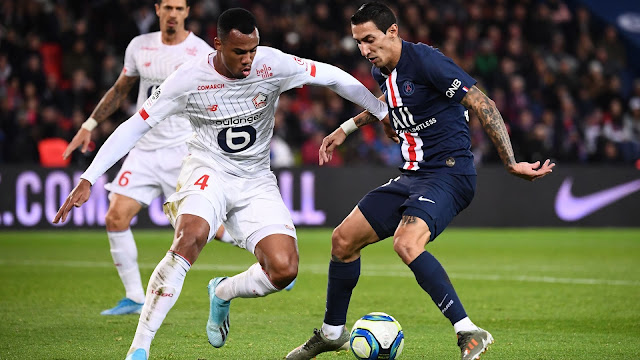Common Injuries in Football and Ways You Can Avoid Them
| Daily Mail |
Football’s obviously a great sport for improving fitness and encouraging team work. But the pitch can also be a dangerous place — just look at all the players that miss months of matches due to strains, sprains and other injuries.
To make sure you give 100% at every game, it’s critical you avoid incurring an injury. Check out our guide to the most prevalent injuries in football and find out how to safeguard yourself from harm…
Groin strain
There have been countless professional footballers who have been left on the bench because of a groin injury. If you strain your groin, you’ve basically over-extended your abductor muscles, found in your inner thigh. A slight strain will often cause some pain, however, serious groin strain injuries can impede on your ability to walk and run, which is a serious flaw for a football player.
If you do plenty of pre-match stretches, you will help to lower the risk of a groin injury. Make sure you stretch your inner and outer thigh muscles daily and see if you can also get regular sports therapy or massage treatments to keep these muscles flexible. A strong core enhances pelvic stability, which will also reduce the chance of groin strains, so do plenty of planks and crunches as part of your basic workout routine. Resistance bands are also very handy for strengthening your inner thigh muscles and preventing groin strain.
Pulled hamstring
The hamstring runs from your hip to your knee and is crucial to your performance when playing a sport like football. Sometimes your hamstring muscles can overstretch, resulting in pain at the back of the leg, as well as potentially bruising and swelling. If you tear your hamstring, you could be out of action for a while, however, if you simply pull your hamstring, you should be fine to continue.
The first thing you’ll notice if you pull your hamstring is the pain, then you may see bruising and swelling. Reportedly, people with existing back issues are more susceptible to strained hamstrings, so to avoid this injury, loosen your back with exercises such as lumbar rotation stretches (lying on the floor and rolling your knees from side to side). Basic glute stretches will ease muscles around your hips, while yoga will help you stay flexible, which will lower the risk of hamstring strain. Squats, lunges and hamstring kicks are also great preventative exercises, as they work to strengthen the hamstring muscles.
If you want another great exercise to ensure that your hamstring is protected during a match, try doing the Nordic ham curl:
· Kneel on the floor.
· Hook your feet under something sturdy and heavy that can take your weight or ask a partner to hold your feet to act as an anchor.
· Breathe deeply, engage your core and slowly lower yourself to the ground, using your hamstrings to keep your body straight.
· After reaching the ground, push yourself up and repeat.
Ruptured anterior cruciate ligament (ACL)
Your ACL, along with other ligaments in the area, helps to support the knee. So, any damage here will be painful and debilitating. The ACL is often damaged by the twisting and turning of the leg, which means it’s a common injury for football players. If you hurt your ACL, it’ll be painful and you’ll likely see swelling around the area. But before then, you may hear and feel it pop or snap…
As we’ve mentioned, a ruptured ACL can be very painful and see you out of action of a while. According to HSS, Hospital for Special Surgery, you should do plenty of leg stretches like squats and walking lunges to help safeguard your ACL. Having good balance — or proprioception — is vital if you want to avoid injuring your ACL too, so practice standing on one leg (30 seconds on each) regularly to boost your stability. These exercises also help prevent injuries to your menisci, which are cartilages that protect the knee joint.
Sprained ankle
Sprained ankles are actually soft tissue damage and there are different types of this injury. According to the CSP (Chartered Society of Physiotherapy), approximately 70-85% of these injuries are ‘inversion’ sprains, which means the ankle has been turned inwards — common when tackling and dribbling the ball. If you’re looking to reduce the risk of a sprained ankle, try and do these exercises three times a week:
· Shin raises (lifting your toes, rather than your heels, off the ground).
· Calf raises.
· Ankle circles (both clockwise and anti-clockwise).
Warm-ups and diet
Before a match, professional footballers all come out on the field for a warm-up session, and this should be the same for anyone taking part in football. According to a scientific study, taking part in a structured warm-up is effective at stopping players from suffering common football injuries and can reportedly even lower these by approximately 33%.
The benefit of a warm-up is that it transports blood to your muscles, which better prepares them for the activity ahead. But what does a good warm-up consist of? Here’s a top warm-up session to help you prepare your tendons, ligaments and muscles for a good performance:
5 minutes: jogging and side-stepping to boost your core temperature.
15 minutes: stretching, focusing on your quads, glutes, hamstrings, inner thighs, lower back, calves, Achilles tendon, and hip flexors. You should hold your stretch for ten seconds every time.
10 minutes: mimicking football movements without a ball including high kicks, squats, jumps, and side-foot passes.
10 minutes: practicing shooting, heading, passing, and dribbling as a team with a football.
Aside from performing warm-ups before each match, there are other ways you can prepare your body for football.
Firstly, eat plenty of protein and carbohydrates — including eggs, whole-wheat pasta, brown rice, turkey and salmon — to build muscle and deliver energy. Also, lower your alcohol intake — it dehydrates you and leaves your muscles more susceptible to cramping and injury. Secondly, adding nutritional supplements to your diet is another great way to improve your health. For example, vitamin D and vitamin D3 can help strengthen your bones and muscles, according to some scientific studies, while ginkgo biloba supplements can reportedly help improve concentration.
Sources:
https://www.ncbi.nlm.nih.gov/pmc/articles/PMC3497950/
http://www.csp.org.uk/your-health/sports-advice/physiotherapy-football-injuries
http://www.nsmi.org.uk/articles/football-injuries.html
https://www.ncbi.nlm.nih.gov/pmc/articles/PMC3289174/
http://www.coachmag.co.uk/sport/6832/how-to-prevent-and-treat-the-five-most-common-football-injuries



Comments
Post a comment